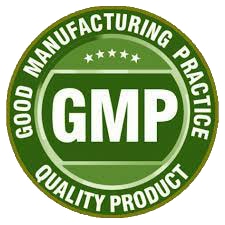|
Call Health Expert 888.883.6374
Gerry Morton
President & CEO  We apologize for any inconvenience as we were experiencing technical difficulties today with our website. We're working to fix it.
FREE SHIPPING ON ALL ORDERS OVER $50
* ALL DOMESTIC FEDEX ORDERS
AND
GET
BLACK FRIDAY OFFER
20% OFF SITEWIDE Use Promo Code: ENERGY20 (*Valid through November 28th, 2022) Discount ends in:
FREE SHIPPING ON ALL ORDERS OVER $50
* FREE SHIPPING APPLIES TO CONTINENTAL US ORDERS ONLY
LABOR DAY WEEKEND IS HERE
ENJOY 20% OFF YOUR ENTIRE ORDER Use Promo Code: ENERGY20 (*Valid from Friday September 1st until Monday September 4th, 2023) Discount ends in: |
EnergyFirst Program
Customer Service
Our Story

EnergyFirst, a leading company in the all-natural protein and supplement industry, was founded in 1997. We, at EnergyFirst, believe that everyone can benefit from drinking a protein shake whether the goal is optimal nutrition in a meal replacement, an easy and healthy breakfast alternative, a weight loss aid, or a protein supplement for athletes. We also believe that your protein shake should be 100% natural and delicious. Nutritionist, educator, athlete, and EnergyFirst's CEO, Gerry Morton is committed to providing customers with all natural, science-based, effective products for optimal nutrition, weight loss, and a healthy lifestyle.
100% Money Back Guarantee
If for any reason you are dissatisfied with your purchase, simply return the unused portion for a full refund."
Learn More
Gerry Morton,
President & CEO


Get Free Health and Fitness Guide:
Enter your name and email to get your free health and fitness guide while also receiving our monthly EnergyFirst Edge newsletter. Get started today - It’s Free!
© 2021 EnergyFirst® | Privacy Policy & Terms of Use | Site Map | My Account | Contact Us | Call 888.883.6374
The information presented is prepared from medical and scientific sources of the latest exercise physiology and human biochemistry research. In our experience , this research has been shown to be accurate and reliable. The information herein and our products are not intended to take the place of medical advice nor are they intended to treat, diagnose, cure, or prevent any disease. Always consult your physician before taking supplements, particularly if you are taking prescription medication. Our product contains nutrients that have been clinically proven to nutritionally support the body. However, under the rules created by the FDA, we cannot claim that, by consuming our products, it will cure, mitigate, or prevent any disease. And, because of the nature of how we produce our products, using only natural ingredients, our products will never be classified as a drug. Only a drug, approved by the FDA, may claim to diagnose, treat, cure, or prevent any disease. Disclaimer: Results may vary and are not guaranteed.















